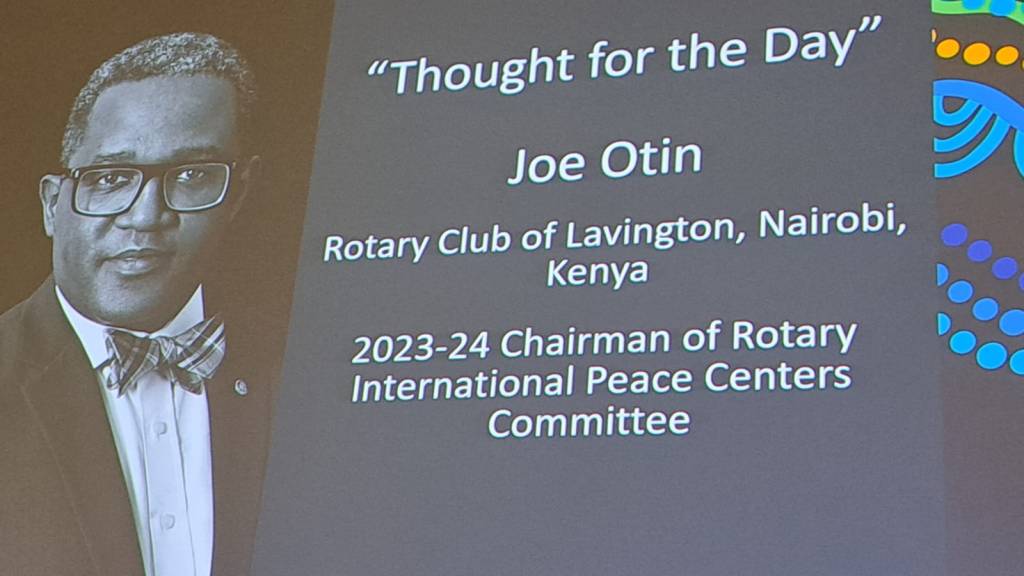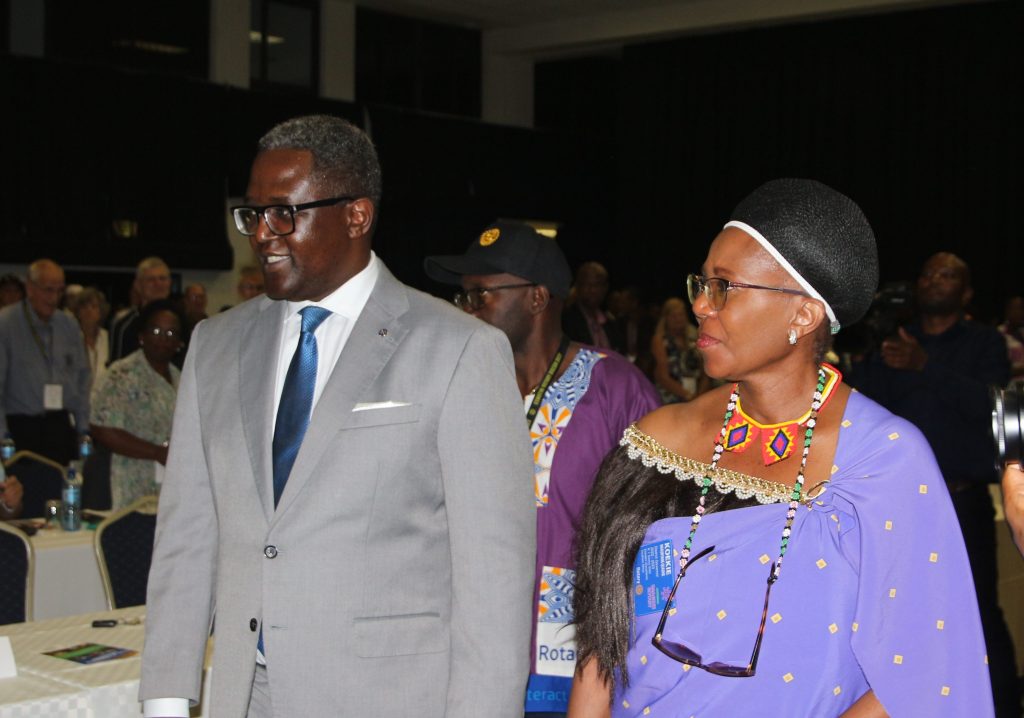Technology advancement is like a tsunami; once it begins there is nothing that you can do to stop it. I say this because we have watched the transformation from a controlled media environment to the liberalisation of media in Africa over the last two decades, some of which has recently been driven by the growth of mobile phone penetration. Currently 87% of Kenyans own mobile phones much more than the limited land line access which stood below 2%. Internet access has grown to 48% in the country with a majority of that access being through mobile devices. Compare this with 95% access to radio, 45% access to TV and 15% access to print and yet the bulk of advertising expenditure, 97% goes to the traditional media with 3% going to online media.
Media freedom is growing in Africa leading to the birth of privately owned media, and resulting in double digit advertising spends growth. However, the industry is yet to adopt operational and sales efficiencies that have been developed in more advanced markets such as the introduction of sales houses and the increased use of advertising agencies. There are no sales houses in Africa that I know of, and in Kenya for example, only 50% of advertising spend is booked through advertising agencies.
So how do media houses get the other 50% that is not booked through agencies? It’s quite simple really. They have their own massive sales forces for what they call ‘direct sales’, meaning that they bypass the ad agencies and go directly to the client. In many cases they even offer the same advertising commission to the direct client as they would the agencies.
So with 67 TV stations, 163 radio stations and 50 print titles, there is therefore a very large sales force promoting traditional media in Kenya. Going further, there is a tendency for ad agencies personnel to rely on traditional media for their campaigns because of the legacy systems that are easy to fall back on, and that are easy to sell to clients. Clients too find it easier to measure ROI and justify advertising activities on traditional media because of the processes that they have relied on for decades that feed the standard conversations had with their executive committees and board of directors.
In recent times, the shift of budgets to new media in developed countries has sent shock waves to their counter parts in Africa, who have gradually began to develop new media departments in order to prepare themselves for the impending transition. These departments, however, have been poorly staffed with no clear mandate apart from that of monitising their content. Needless to say these efforts have been unsatisfactory.
On the other hand, the so called digital advertising agencies are led and staffed mainly by techies who don’t know how to sell media of any kind. They are more skilled at writing code, are highly creative and are able to keep abreast with all the technological advancements. They however have difficulty connecting business problems with advertising.
The growth of advertising spend on digital media in Africa is dependent on a number of things. Firstly, an increased awareness of the influence of the new media through the experts in the field. Secondly, through cases studies of the few campaigns that have had significant impact on brands’ bottom line; these provide evidence that digital advertising works. Thirdly, through comprehensive measurement and research on the use, influence and impact of digital media. Finally, through an increase of the number of people who are competently selling digital media.





Leave a comment